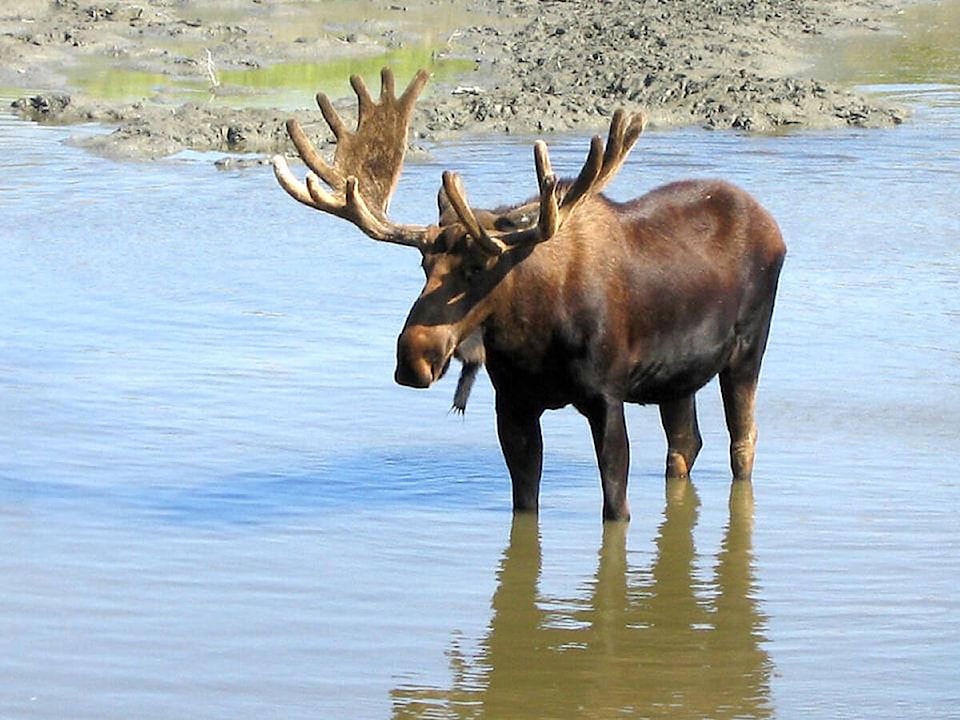More funding, clearer guidelines and fairer distribution of resources are needed to improve the GNWTSA����Ӱ�Ӵ�ý�s harvesting assistance program, according to a recent review of that program.
The Community Harvesting Assistance Program (CHAP), managed by the GNWTSA����Ӱ�Ӵ�ý�s Department of Environment and Natural Resources (ENR), provides hunters and trappers with funding through organizations that represent their interests. On Jan. 13, the department published a review of the program, in which harvesters, Indigenous governments and organizations, and others, weighed in on ways to make improvements. The department conducted reviews of the program in 18 communities across the territory.
Although CHAP has been in existence for 20 years, this is the first time the department has reviewed it.
Partially as a consequence of this lack of review, one of the main concerns that participants raised was that funding for the program has not kept pace with inflation or the cost of living.
SA����Ӱ�Ӵ�ý�In the 10 years since the last increase in funding for the program, the total program value has remained at $1,074,000 for CHAP,SA����Ӱ�Ӵ�ý� the report reads. SA����Ӱ�Ӵ�ý�CHAP funds have not increased with inflation, or the ongoing increases in the cost of living. It is increasingly costly to go out on the land to harvest, and financial challenges associated with the cost of purchasing equipment and supplies was repeatedly raised as an issue.SA����Ӱ�Ӵ�ý�
The report also concluded that many who could access the program didnSA����Ӱ�Ӵ�ý�t know enough about it.
SA����Ӱ�Ӵ�ý�Awareness of the program was mixed,SA����Ӱ�Ӵ�ý� the document reads.
Although most of the organizations who participated in the consultation knew of the program, and although there was general awareness among harvesters that the program existed, many participants were unclear on the details of the program, including eligibility or the types of expenses that are covered.
There was also general concern about the way funding is allocated among communities.
SA����Ӱ�Ӵ�ý�Some participants noted that local politics can play a role in who gets funding, and that they felt not everyone who receives CHAP funding truly needs it,SA����Ӱ�Ӵ�ý� the report states. SA����Ӱ�Ӵ�ý�Some expressed concerns that people who receive funding (or in many cases fuel) are not active harvesters, or they are not using it for harvesting activities.SA����Ӱ�Ӵ�ý�
Despite criticisms of the program, the report concluded: SA����Ӱ�Ӵ�ý�Overall, what we heard is that CHAP is a needed program that is important to those it supports, but could be improved to be more accessible, equitable and supportive for harvesters who rely on it and for those who havenSA����Ӱ�Ӵ�ý�t had opportunities to access it.SA����Ӱ�Ӵ�ý�
ENR committed to make a more detailed evaluation available when additional community feedback is incorporated.



